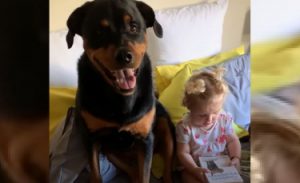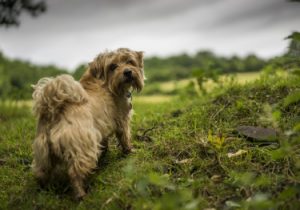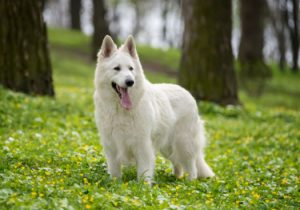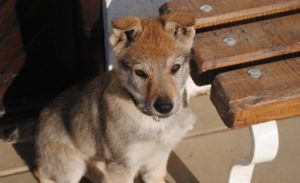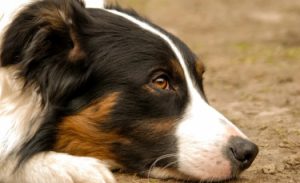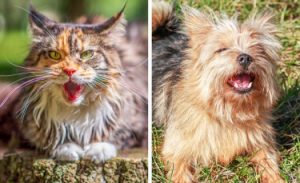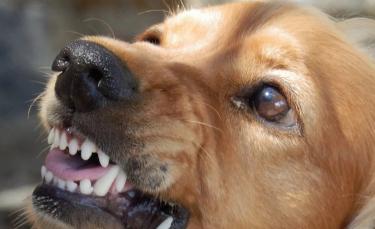 Illustrative photo
Illustrative photo
It happens that a pet bites or scratches someone, whether it is its own owner, someone close to it or a third person. And when such an incident occurs, the competent authorities must be informed, as I-CAD reminds us.
The I-CAD is the body in charge of the National File for the Identification of Carnivorous Animals . In other words, it is this company which manages the data relating to the microchips carried by our dogs , cats and ferrets , the 3 species of pets concerned by the identification obligation in France.
In a press release published this week, she recalled the steps to be taken when there is an attack on a dog or cat, because this kind of incident has a double stake: public health and the protection of people .
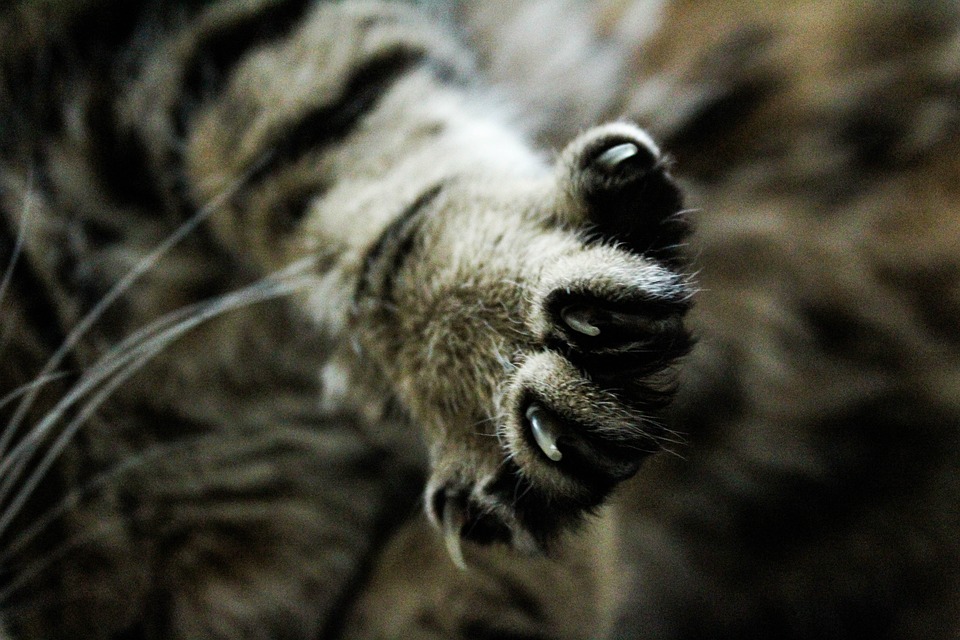
In addition to the injury caused by the bite or scratch , it is necessary to take into account the transmission of bacteria and other agents which give rise to all kinds of diseases .
On the other hand, these attacks can be so many alarm signals, alerting to potentially dangerous behavior , which must then be monitored . However, to ensure the surveillance of an animal, it is essential that the latter be identified .
In the event of a dog or cat bite or scratch, the victim should consult a doctor or the emergency room . It must also lodge a complaint if the damage suffered so requires.

For his part, the owner of the animal that attacked must report the incident to the municipality of his place of residence. He is also obliged to present his animal to a veterinarian for the establishment of a surveillance course , which includes 3 visits over a period of 15 days. The procedure, which makes it possible to verify the absence of rabies in the animal, results in a certificate issued to the keeper, the authorities and the victims.
Read also: An association buys a farm and creates a sanctuary for dogs that nobody wants
No later than 15 days after being placed under surveillance, the animal must be subjected to a behavioral assessment aimed at monitoring its level of danger .
I-CAD also advises the owner to contact their liability insurance provider. The latter can, in fact, bear the costs related to the surveillance procedure and cover the damage caused by the animal.


